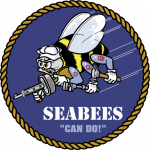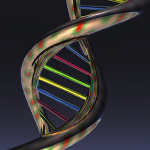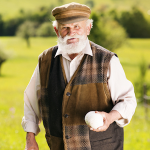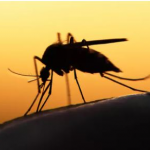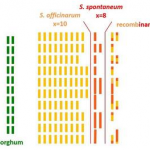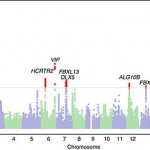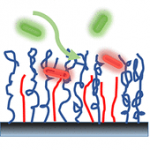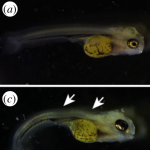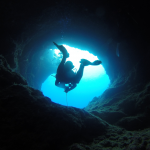Genetic manipulation can be a force for good, but some voices raise concerns. Not about the unintended consequences, but about their possible, darker uses, as weapons.
Biomedicine & Biotech
Sen. Warren, who has taken flak for claiming Native American ancestry, just released the results of a genetic test that definitively proves ... well, nothing. The U.S. Senator from Massachusetts might be 1/32nd Native American. Or 1/1024th. Nobody really knows.
A new study in Nature Sustainability confirms what we've been saying for a long time: Organic farms produce fewer crops and are worse for the environment. Don't build more of them.
GM crop adoption has been facilitated in developing countries through the development of biosafety frameworks, allowing for thorough risk assessments to be completed. Significant benefits from these crops have come in the domain of socio-economics.
Mosquitos are a global carrier of diseases. Genetically-modified mosquitos can alter their ability to transmit disease or suppress their population. Isn't it time to use this tool in our continued fight against this lethal carrier?
The last major cultivated plant that didn't have its genome sequenced has finally gotten its day in the colinearity sun. The sugarcane genome has entered the modern molecular biology era.
Just like fingerprints, we all have a unique set of behavioral quirks.
For example, I tend to drink triple shot, iced vanilla lattes. Before beginning my work, I clean off the table using water and a napkin. (Seriously, why are coffee shop tables always so disgusting?) And, oftentimes, I tip my glasses in a peculiar way as I write my articles.
None of these quirks is particularly unique. But taken together, I'm probably the only triple shot, iced vanilla latte-drinking, table-cleaning, glasses-tipping person in Seattle. If I ever committed a crime and the police were out to get me, this combination of quirks may be just enough to identify me.
These type of studies are increasingly found in the literature. But for many of us, the research approach is new, and it's hard to separate the good from the bad. So here are the basics of how these studies work, along with their benefits and limitations.
Plants, marine organisms and bacteria have the capacity to biosynthesize extraordinarily complex organic molecules. Those are the ones that drive chemists nuts when they try to make them synthetically. Here's the story of monensin, an antibiotic used in livestock. While it's a monumental effort to make it in the lab, bacteria can make it in their sleep.
Antibacterial surfaces are one way that we are fighting back against antibiotic-resistant bacteria. In one type of surface – naturally found on dragonfly wings – tiny pillars physically rip bacteria apart.
The most inhospitable places on Earth usually host some sort of life, from the super-hot hydrothermal vents on the ocean floor to the ice of Antarctica. While not as extreme, caves are also quite inhospitable. Complete darkness serves as a harsh restriction on what can – and can't – survive there.
This agonizing situation is a powerful reminder that nature will always be our greatest adversary. That said, current day understanding, innovation and progress is a formidable opponent.
